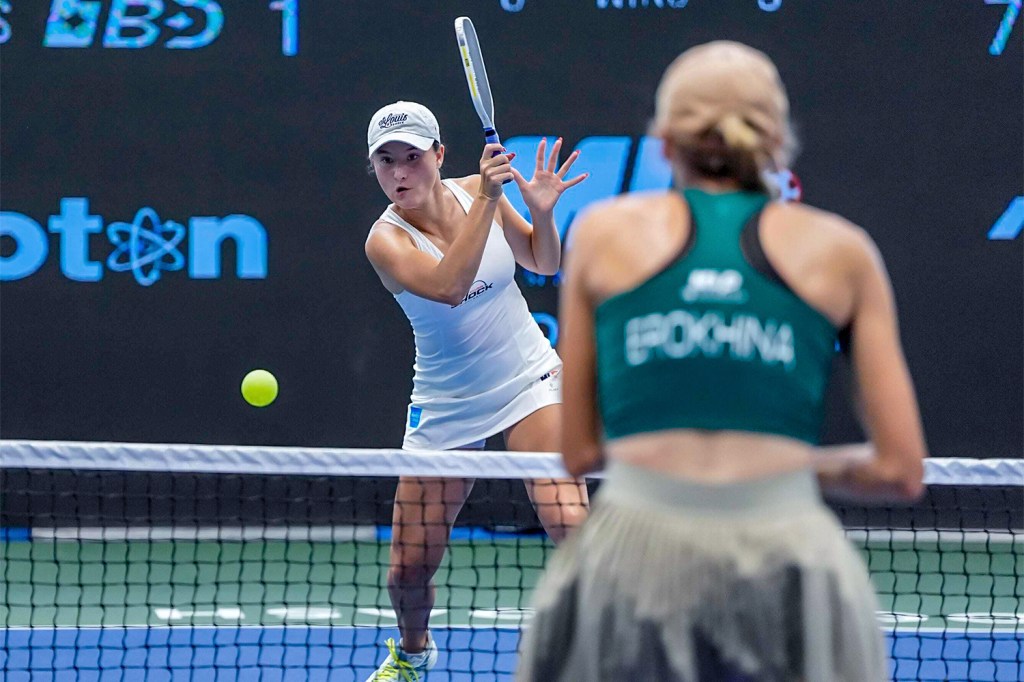
Photo Credit: Stan Szeto-USA TODAY Sports
Together with food and music, sports is one of three topics that brings people of all walks of life together, according to NBA Chief Diversity Officer Oris Stuart at the SXSW panel “Leveling the Playing Field for Minorities in Sports.” They are a gathering point and a community-builder. It only follows, then, that the industry should be as inclusive as the wider world that follows it — not just for virtue’s sake, but because it more perspectives make everyone better.
“More diversity creates more ideas, more insights,” he said. “It creates more options and when you have more options to consider the possibilities are extended. It’s a simple, but very powerful equation.”
Or, as Los Angeles Sparks President and COO Danita Johnson puts it, “Doing the right thing is the right business decision,” Johnson said.
READ MORE: Minor League Baseball Connects Women to Help ‘Lift’ Careers
To that end, hiring for the sake of checking a box just doesn’t cut it, said Andrew Ference, NHL director of social impact, growth and legislative affairs, and a 17-year NHL veteran.
“It’s important to authentically put people in their positions because they’re the best candidates,” Ference said.
The challenge is how to best enable that. According to Johnson, one hidden barrier to better diversity is the language in job descriptions, which can sometimes deter women, in particular, from applying.
“How do we write those descriptions for more diverse backgrounds to apply?” Johnson said. “These are the types of things we have to think about. A hiring manager needs to be open to that. Are people only taking warm entries? Be open to looking at more resumes. That’s on me if that’s happening.”
[mc4wp_form id=”8260″]
Stuart also noted looking at resumes can lead to unconscious biases and placement in the “no” pile. Interview panels are another area for possible scrutiny, both for how they might impact a potential hire and how they feel or might be looked at by the candidate.
Strategies rooted in diversity and inclusion also aren’t enough, Stuart noted, but there needs to be a process to measure the progress as well. To that end, Johnson believes workplace diversity likely will accelerate if more people see themselves represented in the sport and business at a higher level. That’s especially true on the playing field.
“One of the keys in all this is, when you look at sports, any sport, diversity in the amount and type of people playing,” she said. “If we’re hiring people who don’t look like fans, how do we know them?”
The NHL is one league working to take those tenets to heart. Hockey executives are well aware of hockey’s long-standing traditions and how it is often viewed as a sport for affluent white populations. Hockey barriers-to-entry are high, with significant equipment costs and participation fees along with complex infrastructure needs with ice rinks. That poses a massive barrier of entry to aspiring players from low socioeconomic backgrounds, many of whom are the lifeblood of the game at the grassroots level.
“Our big question is, ‘Do we represent the communities we play in?’ For the most part, it’s ‘no,’” Ference said. “That’s a massive issue if we don’t properly represent.”
READ MORE: How the Atlanta Hawks Are Growing a Winning Fanbase Through Love
Ference said the NHL doesn’t directly charge its clubs with diversity-related directives in the league’s objectives, but some clubs stand out more positively than others. He believes those that do have increased their efforts in business development and are more aggressive to engage their communities.
“The big cultural question of, ‘Do I belong?’ That’s a big hurdle for people,” Ference said. “We need to show people are a part of and embraced in the sport. It’s not good enough to have a good and fun product.
“If you don’t feel welcomed, you won’t stick around.”
















